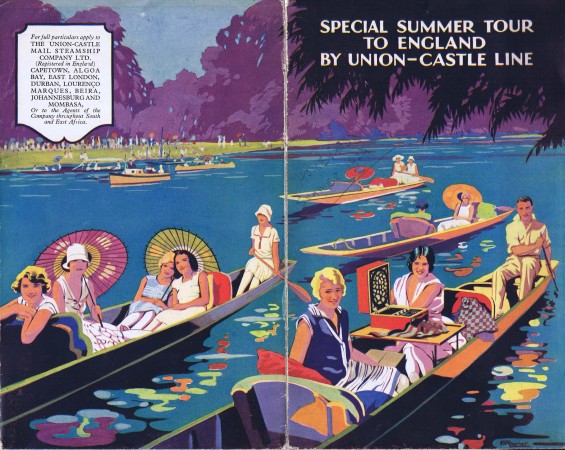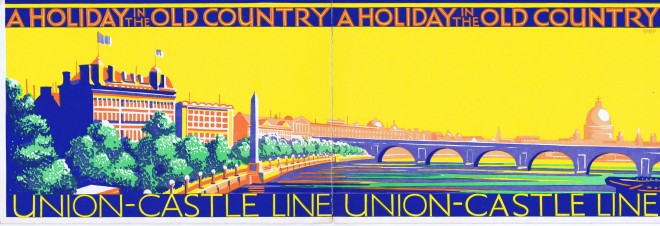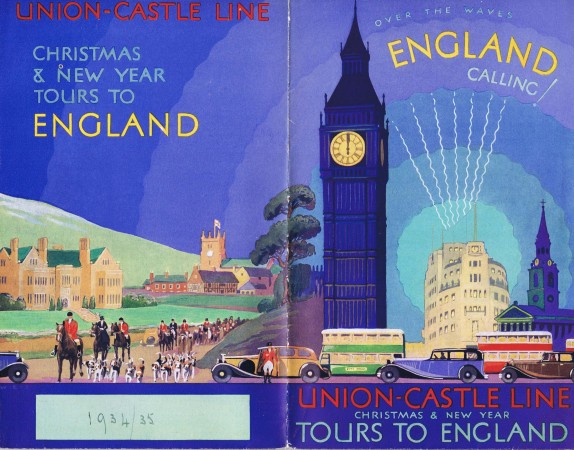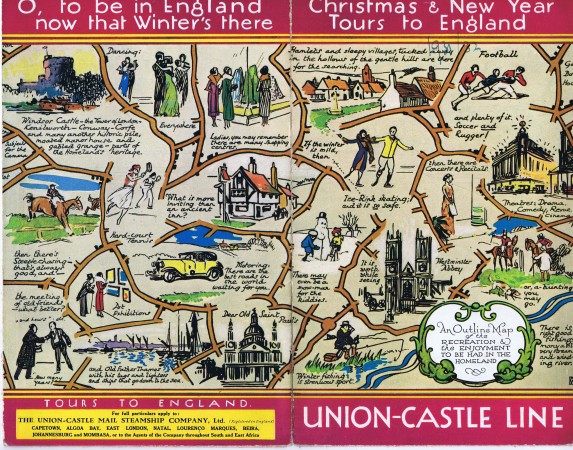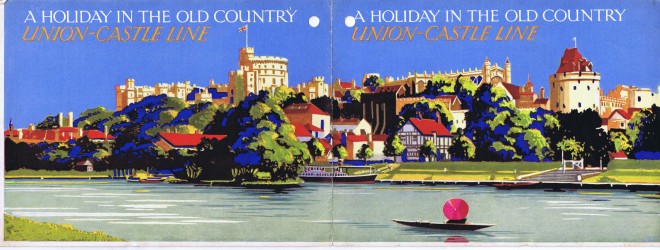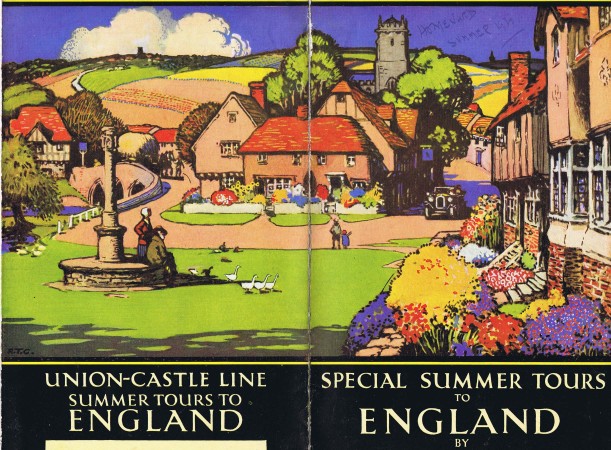The two companies that were to merge and become the Union-Castle Line had a longer lineage that Clan Line but like the latter they were the creations of self-made Victorian entrepreneurs. The story of all three was one of rivalry, competition, agreement and eventual amalgamation.

It was in 1853 that the Southampton Steam Shipping Company was formed to carry coal from South Wales to Southampton for the use of ships originating from that port. Shortly thereafter it was re-named the Union Steam Colliery Company. Its involvement with coal, however, did not last long and it had to find another role and cargo. It was re-formed in December 1856 as the Union Steam Ship Company Ltd and began abortive trips to Brazil. In 1857 its fortunes were assured when it was successful in tendering for a government contract to carry mail to Cape Colony in Southern Africa.
In 1862, Donald Currie (1825-1909) a future shipping magnate, equal in ambition and energy to Sir Charles Cayzer, left the Cunard Line and set up as Donald Currie & Company in Liverpool. His aim was to build and manage ships. From the start all his vessels were to have ‘Castle’ as part of their names and were initially engaged in the North Sea and Baltic trade. In 1872 Currie was prevailed upon to enter into competition with the Union Steam Ship Company in the South African service. It was not until 1876 that his fleet of ships was formed into the Castle Packet Company, from 1881 becoming the Castle Mail Packet Company. At first Castle Line ships carried mail privately but, in 1876, the Cape Government granted a shared mail contract to the two lines forbidding them to amalgamate. Both lines carried a small number of passengers (as well as freight) and eventually developed into the great passenger line service of the 20th century.
On board ship
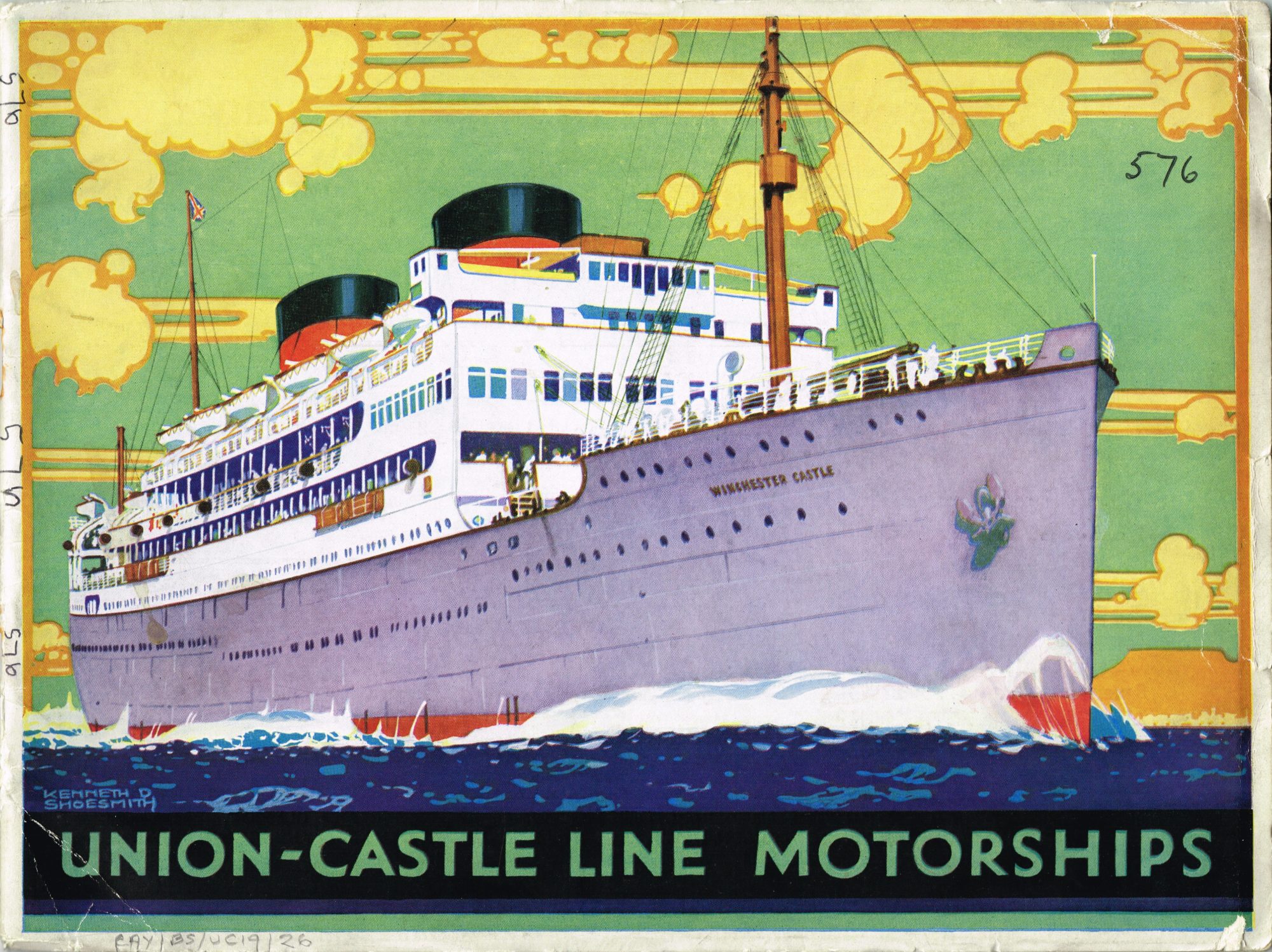
The joint mail contract was due to expire in 1900. In the hopes of getting a better deal the Cape Government announced, in 1899, that the new contract would not be shared but would be awarded to the company offering the best terms. This decision was to precipitate the two companies into a merger, which was agreed by their respective owners, (the by then) Sir Donald Currie and Sir Francis Evans (1840-1907). The new Union-Castle Mail Steamship Company Ltd was registered in March 1900. In1910, when the various South African states came together as the Union of South Africa, the Government renewed the contract again – for a further two years. By now Union-Castle ships were serving a range of South and East African ports, continuing the opening up of the South African coast begun in the previous century. In 1912 the Union-Castle Line passed into the ownership of the Royal Mail Steam Packet Company under Owen Philipps (latter Lord Kylsant).
War and larceny
As with Clan Line, the First World War took its toll of ships belonging to the Union-Castle Line. Eight ships and 440 lives were lost. After the war Union-Castle continued to carry mail, freight and passengers to and from South Africa and, along with the Natal Line (1919) and the White Star Line (1927), amongst others, it came to form part of the Royal Mail Group. Lord Kylsant had, however, over-reached himself. Following a government investigation into the Royal Mail Group’s affairs, he was convicted of larceny by false accounting and sent to prison for twelve months. The Group was in disarray and it took until 1936 for Union-Castle to disentangle itself and become an independent company again. By 1939, it had managed to undergo a major shipbuilding programme making it one of the most up-to-date fleets. But, during the Second World War, Union-Castle’s normal services virtually ceased to exist as its ships were requisitioned for war service. Eleven company ships were lost and sixty-five persons killed. Following the war the Company resumed normal operations and carried out the refurbishment of the existing fleet as well as building several new ships for the South African service.
Amalgamation
The contentious amalgamation of Union-Castle with the Clan Line took place in 1956 and the shipping service continued under the umbrella of the British & Commonwealth Shipping Company created by the Cayzer family. However, as shipping began to face tough competition from air transport and the containerisation of cargoes, the days of the mail and passenger service of Union-Castle were numbered. During the 1970s ship after ship went to the breakers and in 1977 the historic mail service ended, as did the story of Union-Castle Line.
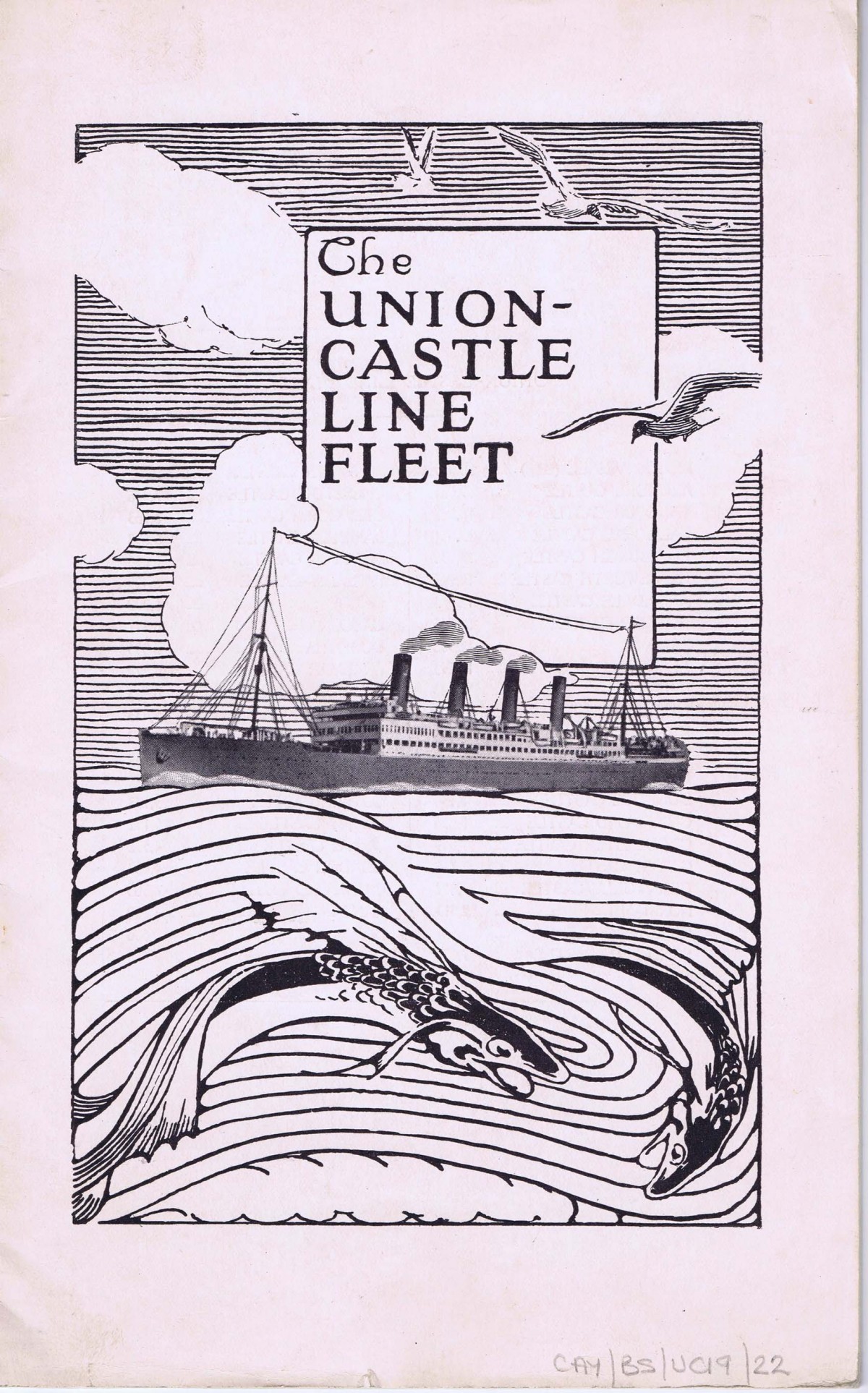
From the archive. More Examples of Union-Castle Line’s brochures.
The ships
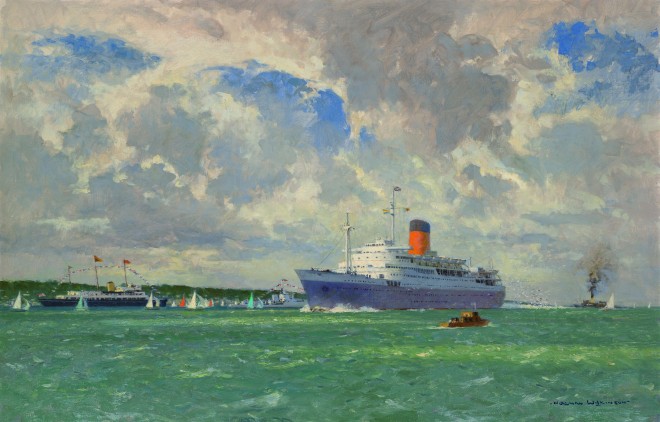
The keel of the Pendennis Castle had been laid down shortly before the take-over of Union-Castle Line by the Cayzers and she was subsequently lengthened, equipped with technical innovations and given luxurious accommodation by the designer, Jean Monro.
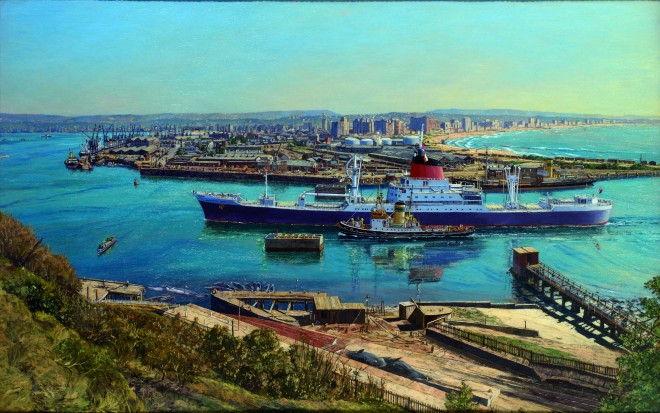
Seen being escorted into Durban harbour, the Southampton Castle was one of the modern cargo ships built for Union-Castle after the take-over by the Clan Line. She came into service in 1965 but the decline of British shipping during the following decade resulted in her being sold to an Italian company in 1978.
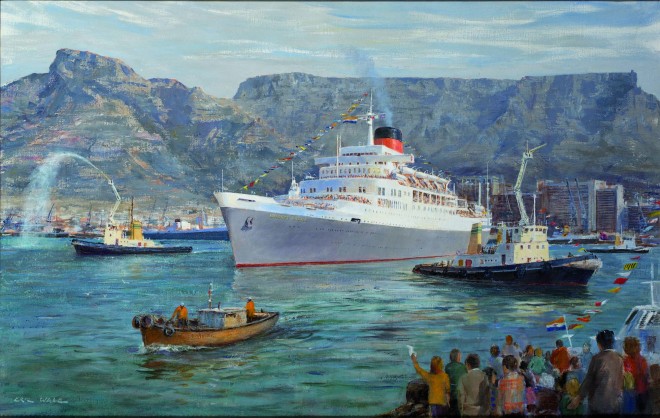
R.M.S Windsor Castle leaving Cape Town for her final voyage under the Union Castle flag, 1977. She was later sold to the Greek shipping magnate John Latsis.
